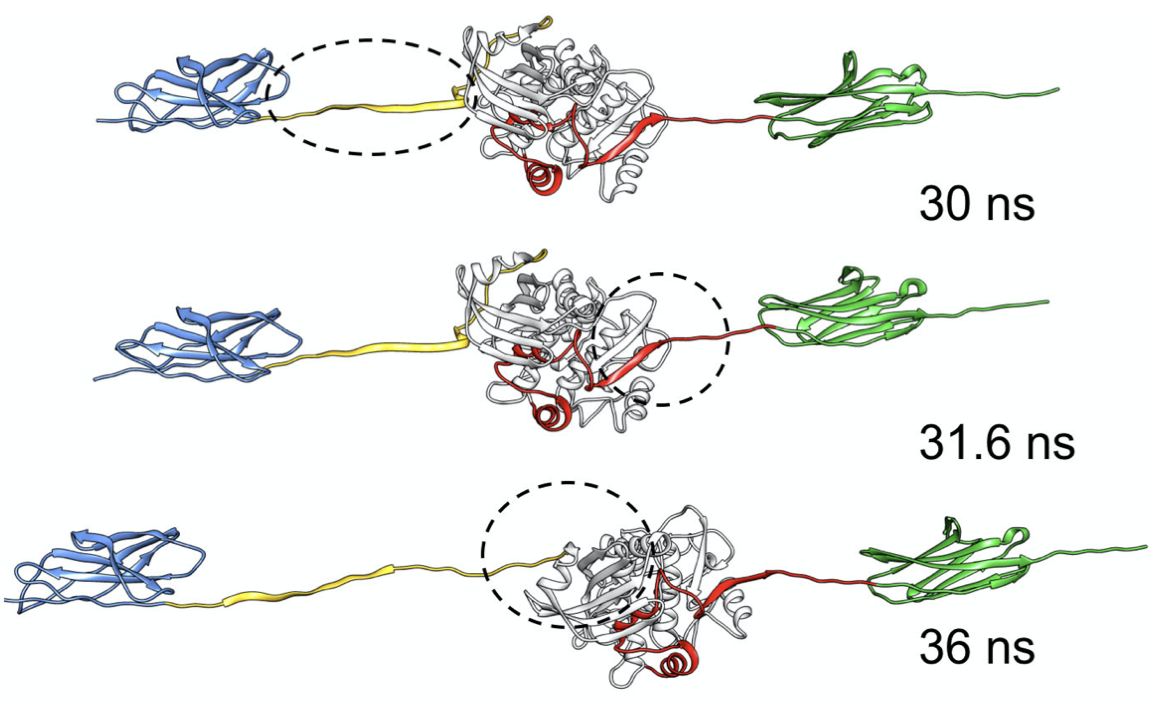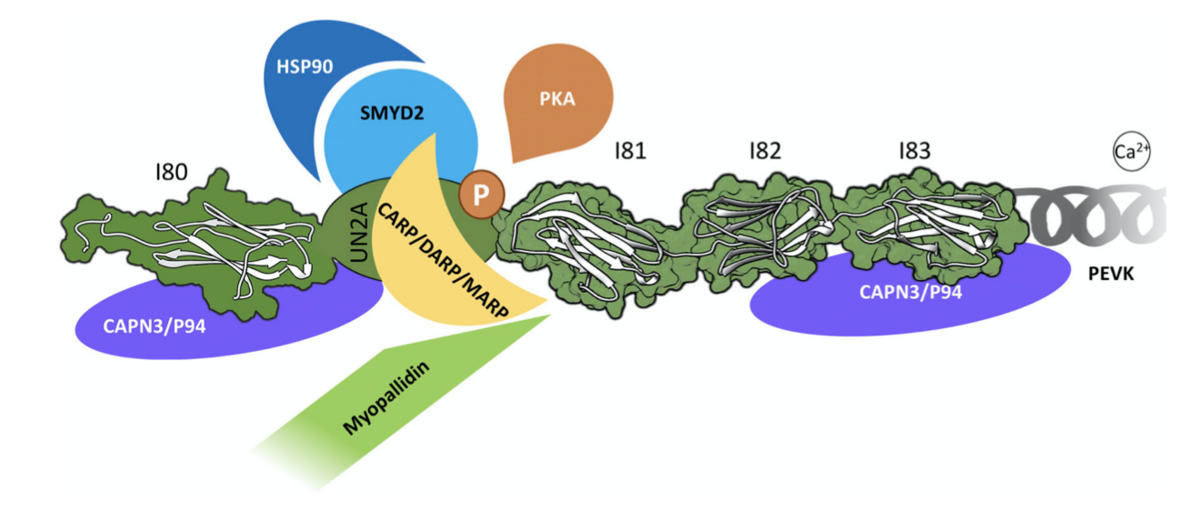
Research Interests
I use a range of interdisciplinary approaches from biophysics, structural biology, bioinformatics and molecular dynamics simulations to investigate the organisation of titin in the sarcomere and the molecular impact of SNV perturbation on possible disease progression.
Stronczek et al 2021 JGP J Gen Physiol. 153(7) e202012766
Zhou et al 2021 J Mol Biol. 433(9):166901
Zhou et al 2016 FEBS Lett 590(18):3098-110
Structure and dynamics of proteins: exploring molecular polymorphisms in health and disease

Bogomolovas et al 2021 EMBO Rep 22(10):e48018
Fleming JR et al 2020 J Biomol Struct Dyn. 22, 1-11
Bogomolovas et al Open Biology. 6(9): 160114

Titin SNV classification
Mutations in the giant muscle protein titin are a major cause of heart disorders in human populations. Routine DNA screening of patient cohorts is now becoming feasible, with a staggering number of titin truncations and missense single nucleotide variants (mSNVs) rapidly accumulating in genomics databases (>17,000 mSNPs). While the link between titin truncation and disease is now becoming clarified, detecting the pathogenic potential of mSNVs remains a substantial challenge. In mSNVs classification, bioinformatics evaluation is a necessary first filtering step, but existing predictors are poorly reliable. To address this problem, we are developing a new titin-centric scoring function that predicts the mechanistic effect of an mSNV exchange in the titin protein by considering the specific characteristics of its poly-domain chain. For this work, we are building a medium-throughput molecular diagnostic pipeline that harvests existent structural models of titin components in estimating mSNVs-induced changes in free energy and conformational dynamics in the protein. To develop this methodology, we used mSNVs from a range of public databases. Ultimately, we aim to produce a tool that can aid clinicians to identify patients at risk of developing a titin-based heart condition at early disease stages, where intervention is still possible.
Classifications of protein sequences
Titin as a case study
Su K et al 2022 BioRXiv

